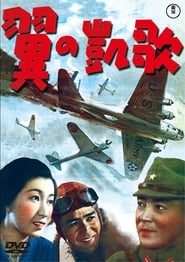detail profile ichir c5 8d ry c5 abzaki
Peran Yang Di Mainkan Ichirō Ryūzaki
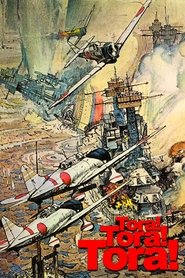 In the summer of 1941 the United...
In the summer of 1941 the United...Tora! Tora! Tora! 1970
In the summer of 1941, the United States and Japan seem on the brink of war after constant embargos and failed diplomacy come to no end. "Tora! Tora! Tora!", named after the code words used by the lead Japanese pilot to indicate they had surprised the Americans, covers the days leading up to the attack on Pearl Harbor, which plunged America into the Second World War.
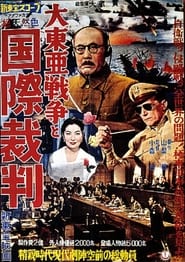 In 1941 overpopulated Japan faces an economic...
In 1941 overpopulated Japan faces an economic...The Pacific War and the International Military Tribunal 1959
In 1941, overpopulated Japan faces an economic boycott and its armed forces push further to the south. And despite negotiations between Japan and the U. S. A. war is declared with the attack on Pearl Harbour. Victories follow for Japan on land and sea and her forces push forward to the borders of India. But gradually the tide turns in favour of the Allies and after the atom bombings of Hiroshima and Nagasaki, Japan is compelled to accept the Potsdam Declaration and by the order of the Emperor agrees to unconditional surrender. Under the supervision of the occupation forces the International Military Tribunal opens in Tokyo to try the Japanese war leaders. Established in the cause of justice, and to prevent future aggressive wars the trials drag on for two and a half years. And on December 23, 1948, General Tojo and six other war leaders mount the thirteen steps to the gallows at Tokyo's Sugamo prison.
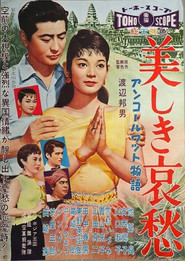 A Japanese artist Ikebe who had...
A Japanese artist Ikebe who had...Angkor Wat Story - Beautiful Sadness 1958
A Japanese artist (Ikebe), who had won the favor of the Cambodian royal family when he rescued their daughter during World War II, returns and falls for the now-grown princess, though neither realizes the other's identity.
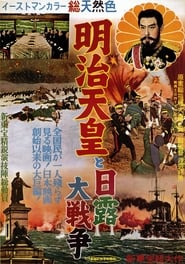 Meiji Tenno portrays the buildup to...
Meiji Tenno portrays the buildup to...Emperor Meiji and the Great Russo-Japanese War 1957
Meiji Tenno portrays the buildup to the Russo-Japan War. In addition to showing the political events that led to war, it also shows the era from the story of a farm family in rural Japan that sends their son off to war. As such, it could be considered an anti-war movie, showing how, while war is devised by governments, the people do not really understand what war is, and its combatants often do not know what they are fighting for.
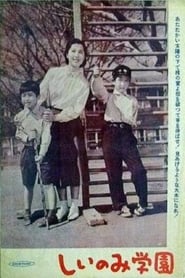 A university professor and his wife...
A university professor and his wife...The Shiinomi School 1955
A university professor and his wife have two sons with infantile paralysis. Through trial and error, they struggle to open a school for disabled children at their own expense. Based on a true story, it features natural child performances under Hiroshi Shimizu’s skillful direction.
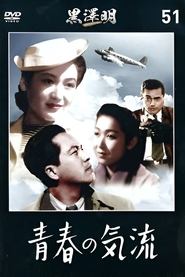 It was supposed to be about...
It was supposed to be about...Currents of Youth 1942
It was supposed to be about a love story, but it was and was not. An aircraft mechanic working for the government is matched by his boss with the latter man's daughter (Setsuko Hara) who is both beautiful and aggressive. Yet, he picks a woman who is less assertive as his bride.
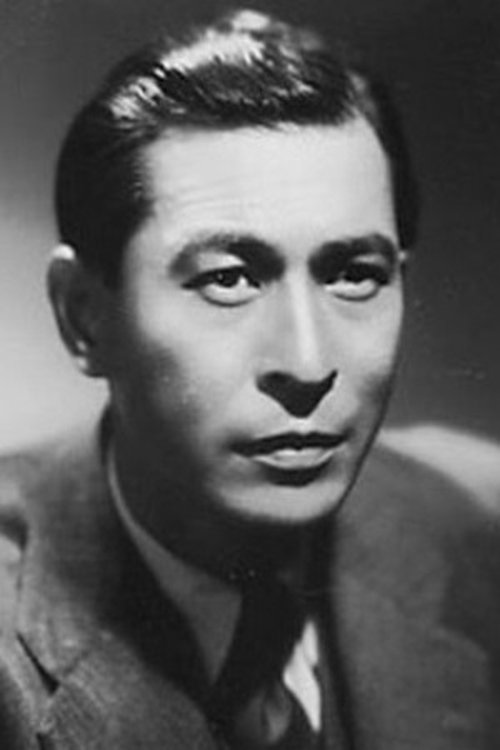
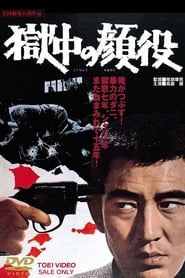 Rival gangs fight over ownership of...
Rival gangs fight over ownership of...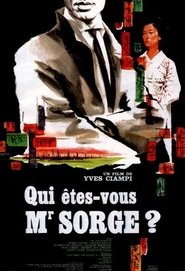 French docudrama which chronicles the chain...
French docudrama which chronicles the chain... Admiral Isoroku Yamamoto leads the Combined...
Admiral Isoroku Yamamoto leads the Combined...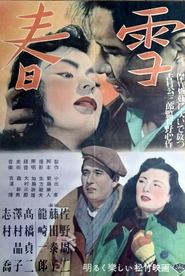 The Yoshikawa family is a typical...
The Yoshikawa family is a typical...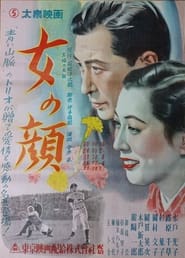 1949 drama film
1949 drama film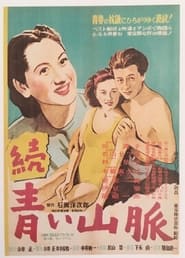 Continuation of The Blue Mountains Part...
Continuation of The Blue Mountains Part...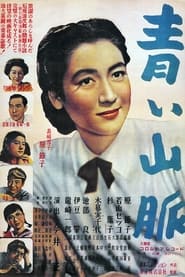 Teacher Yukiko finds herself in opposition...
Teacher Yukiko finds herself in opposition...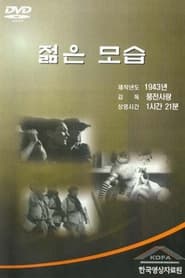
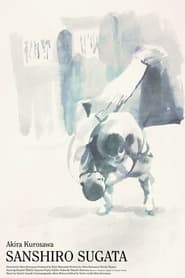 The story of Sanshiro a strong...
The story of Sanshiro a strong...